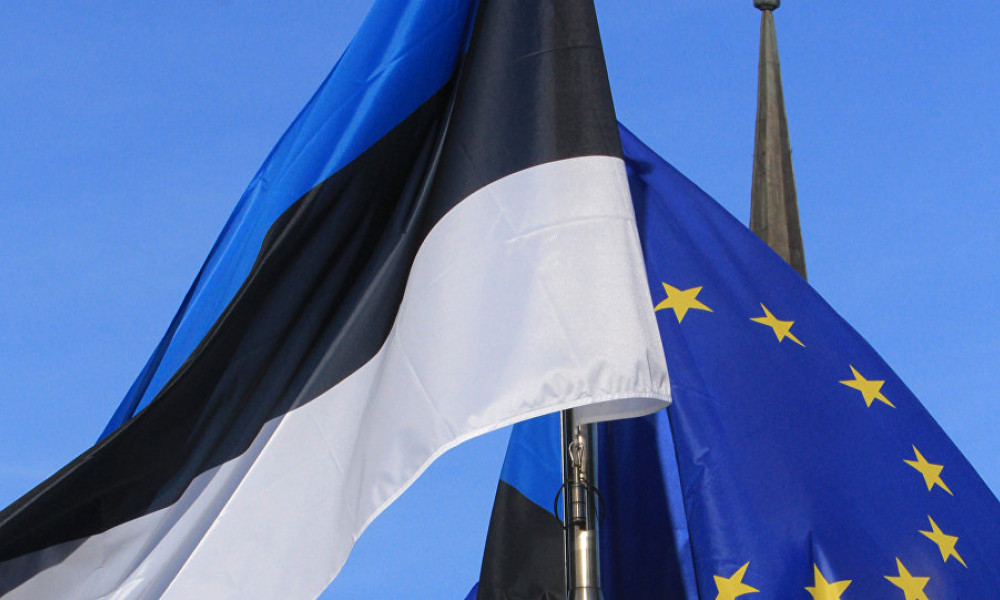Independence Day of Estonia

It was this date, when on February 24, 1918 the Salvation Committee proclaimed the independence of the country, and is considered today the date of the formation of the Republic of Estonia. Estonia gained independence after the First World War and the Estonian War of Independence (1918-1920). In 1940, Estonia came under the control of the Soviet Union as a result of the signing of the German-Soviet Non-Aggression Pact (Molotov-Ribbentrop Pact) and its secret protocol.
The movement for the restoration of national independence was especially active in Estonia in the second half of the 1980s, and at the same time people began to celebrate Independence Day. On November 16, 1988, the Declaration of Estonia's sovereignty was issued, which approved the sovereignty of the state and the superiority of Estonian laws to the laws of the USSR. Officially, independence, restoring the pre-war status (until 1940) of the state, was proclaimed on August 20, 1991, at the time when an attempted coup d'état was attempted in Moscow.
The Soviet Union recognized Estonia's independence on September 6, 1991. The last parts of the Soviet troops were withdrawn from the country on August 31, 1994. The first country that diplomatically recognized Estonia was Iceland. Since independence of the Republic of Estonia was restored on August 20, 1991, Independence Day is once again celebrated as a national holiday and a day of memories for the Estonian people. In February, frosts usually increase, so the celebration is limited to a day parade in the center of the capital, which is prepared a week before the event. In the evening, it is customary to celebrate a feast with the family and watch the live broadcast of the reception of the President of the Republic of Estonia. Members of the government, outstanding people of culture and entrepreneurs are invited to the reception. In the evening, the multi-colored lights of the salute soar into the sky.
According to materials of calend.ru




